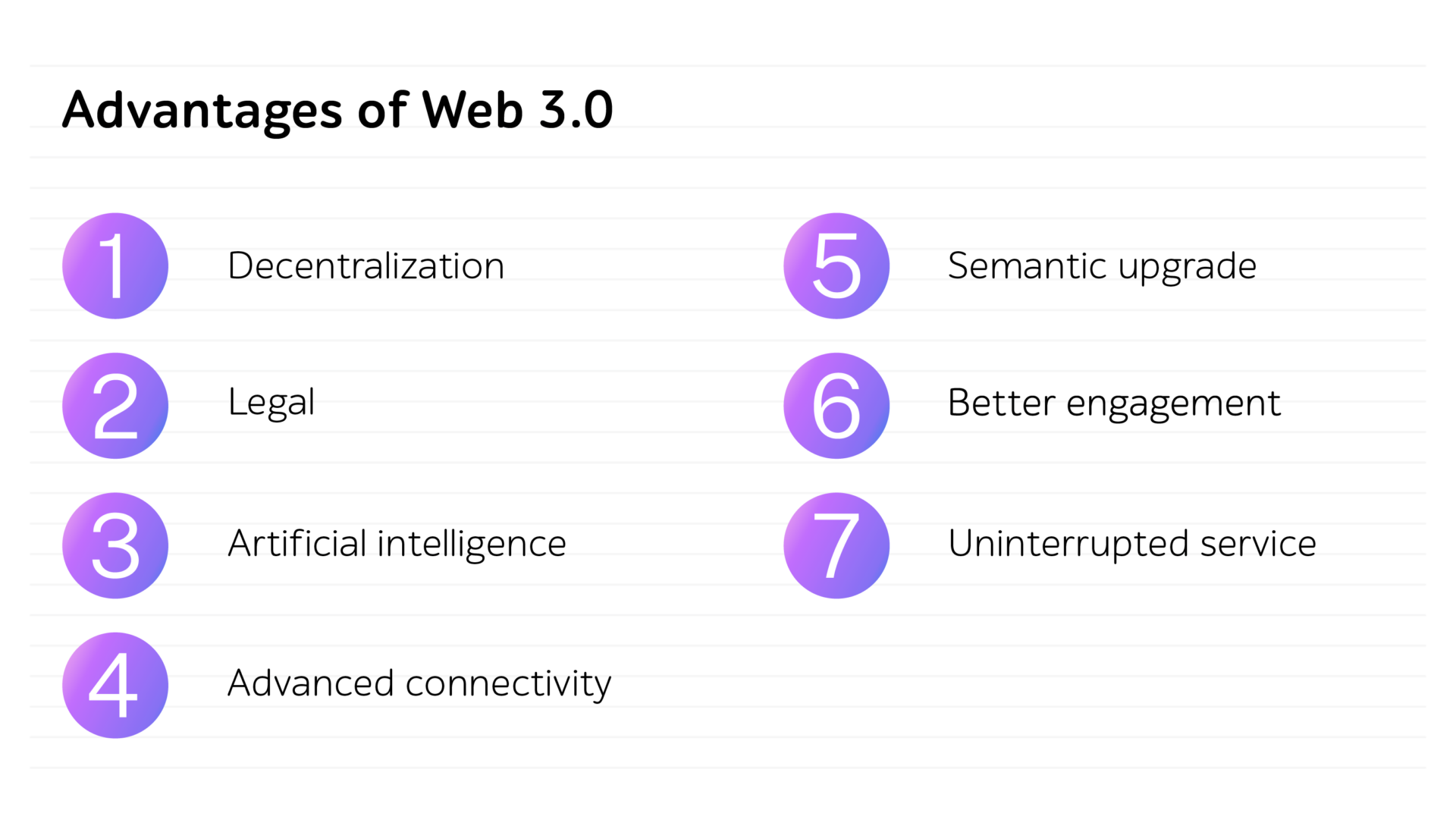
On the way to Web 3.0: key software testing aspects for seamless digital experiences. Part 1
The article was first published on a1qa’s LinkedIn. To read more about trends, QA news, and tech, follow our LinkedIn page.
Today, the boundaries between the digital and physical worlds are fading at the flip of a switch. People already use AI-generated avatars when communicating via social networks, follow the latest fashion trends in the virtual runways, receive medical assistance through digital twins, and enjoy virtual concerts.
We owe these magnificent experiences to the metaverse. It’s a new, decentralized place that connects people across the globe, provides impressive brand engagement opportunities, generates novel workplaces, and simplifies our lives. It’s not surprising that by 2030, the metaverse market size will boom reaching $678.8 billion!
However, while unleashing countless capacities, this new computing era is still rather complicated. Before running with the bulls, it’s a good idea to better understand what Web 3.0 is and what benefits it offers for businesses. With this knowledge, companies can make smart decisions for introducing Web 3.0 software and confirm its highest quality.
Therefore, in this part of this article, we’ll discuss the essence of Web 3.0, and in the second – how QA helps deliver exceptional customer experiences. Let’s go to it!
Introduction to the new computing era
Within only 3 decades, the Internet has made an impactful journey from sending texts to visiting holiday destinations and sightseeing in virtual reality. Obtaining a bird’s-eye view of the concept of Web 3.0 is easier by checking out the evolution of the Internet:
- With Web 1.0, people witnessed the advent of the first browser and static HTML pages with little interaction and data gathered from a static file system.
- During the Web 2.0 phase, interactivity came to the forefront. Due to the emergence of multiple social networks and blogs, people turned from content consumers to creators disseminating information around the world.
- Web 3.0 – a fully decentralized ecosystem for open collaboration and accessing data, apps, and multimedia – provides stunning, personalized experiences for engagement between humans and machines via AI, ML, and other latest technologies.
With more opportunities for personalization, front-runners such as Bentley, Mastercard, Disney, Shopify, Wendy’s have already taken leading positions in applying this trend. For instance, Zara has showcased its first collection for both people and avatars, while Thomas Cook launched a special initiative for tourists allowing them to choose trips using virtual reality.
Top 7 advantages of Web 3.0
Being a significant step forward in the advancement of the Internet, Web 3.0 is all about the following:

1. Decentralization
With a focus on blockchain technology and the absence of a single control unit, decentralization allows peer-to-peer interaction and data storing. It also provides opportunities for secure transactions and logging in without being tracked.
2. Legal
Smart contracts are self-executing agreements. Therefore, buying or selling assets has become much easier and faster, as there’s no need for diverse intermediaries, such as banks. Smart contracts facilitate checking, control, and the execution of an agreement between a buyer and a seller. They are highly secure due to encryption and apply computer protocols to automate tasks, which increases the speed of business operations.
3. Artificial intelligence
AI enables faster-than-ever real-time processing and analysis of large data amounts, which can considerably improve capabilities related to decision-making, image recognition, or determining fake information. It can also contribute to improving online user experiences due to a more accurate search, analysis of consumer behavior, and personalization.
4. Advanced connectivity
With Web 3.0, people from any part of the world and anytime can seamlessly stay in touch with one another due to the round-the-clock availability of the digital ecosystem. As the Internet has become an indispensable part of our daily activities, users can remain connected from a car or any wearable device.
5. Semantic upgrade
To improve user experience, the new semantic web focuses on enhancing the capabilities of search and analysis due to a better understanding of the meaning of words and overall context rather than using keywords or numbers.
6. Better engagement
The evolution of AR/VR technology contributed to the metaverse boom shaping new ways of interaction and superior user engagement. Regardless of the location, age, appearance, or income, people can seamlessly create ideal avatars and come together to network, practice sports, play games, learn new things, travel, shop, receive medical treatment, do business, work, and much, much more.
7. Uninterrupted service
Suspension of accounts won’t be a problem anymore due to the fact that all the information is stored in diverse remote nodes, with multiple backups. This prevents the failure of servers or attacks of malicious intruders.
Web 3.0 for business: is the game worth the candle?
Although it’s still under development, Web 3.0 can become a game-changer for businesses across the globe. By providing impeccable digital experiences, companies can turn their end users into brand ambassadors who will promote their companies in ways no one has ever done before regardless of any geographical barriers. This word-of-mouth approach will contribute to increased brand awareness and improved sales.
In addition, organizations can capture valuable client feedback in the metaverse that demonstrates their emotional responses and the level of engagement in the moment, so that companies can access their genuine attitude and quickly fix any problems.
Considering the above-mentioned benefits, Web 3.0 software can enhance operational efficiency and help businesses win new customers. Of course, provided that the IT solutions work as intended and contain no critical or major flaws.
Soon we’ll deliver the second part of the article dedicated to ensuring the quality of Web 3.0 software. Stay tuned!
Reach out to our experts to talk about your QA related issues.








